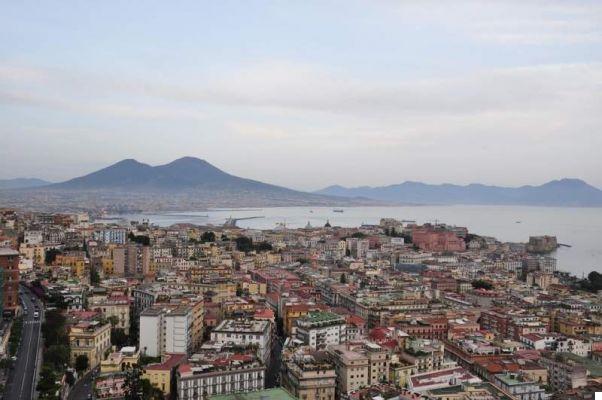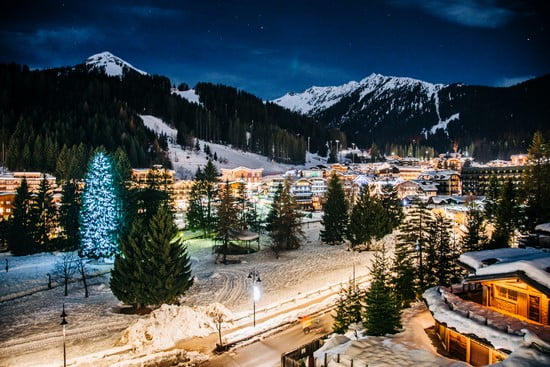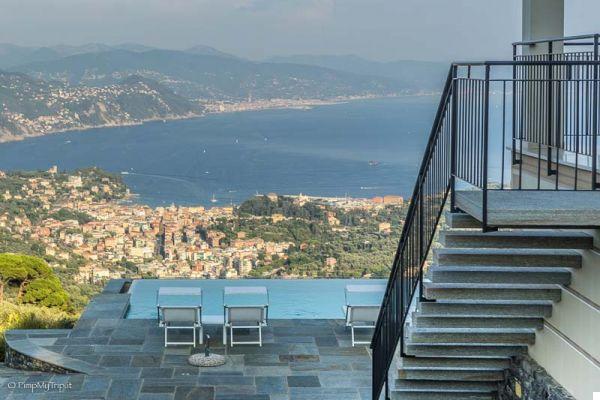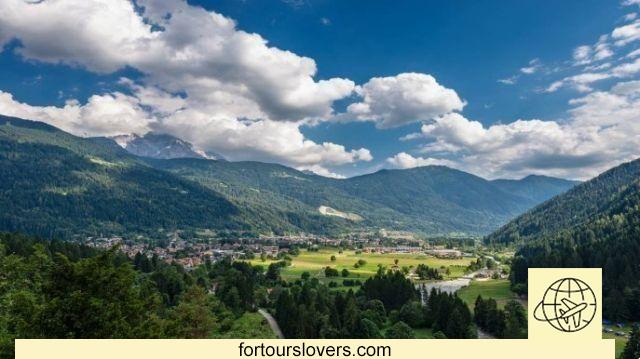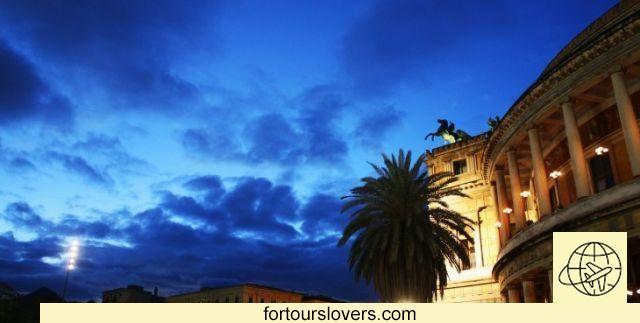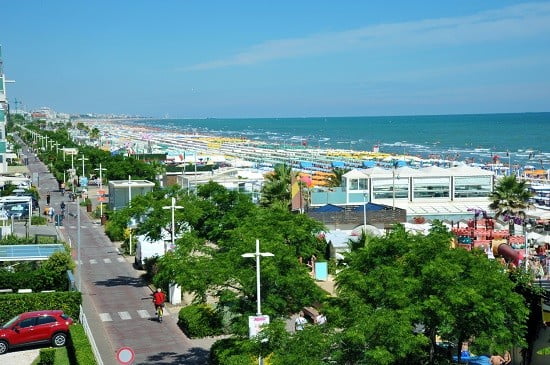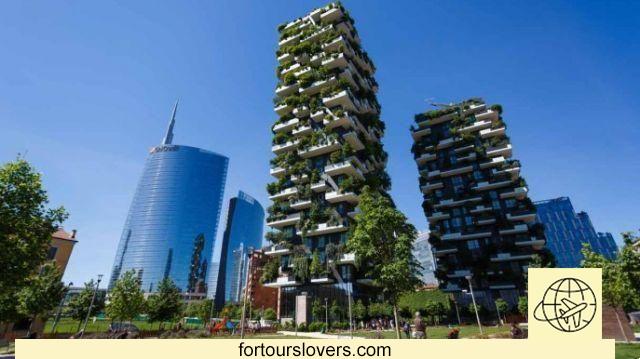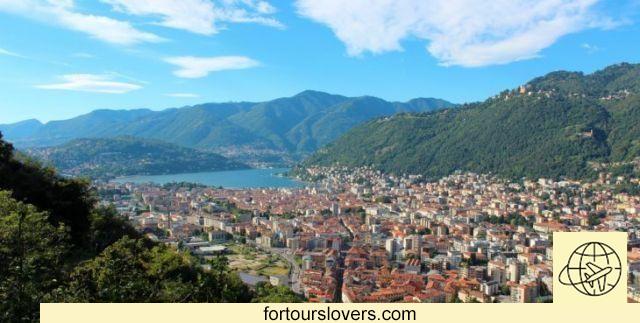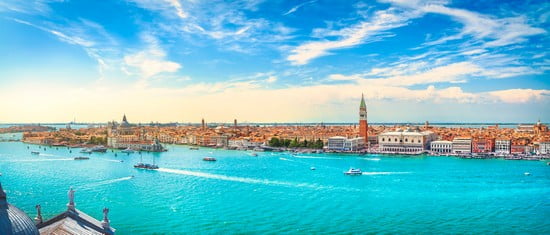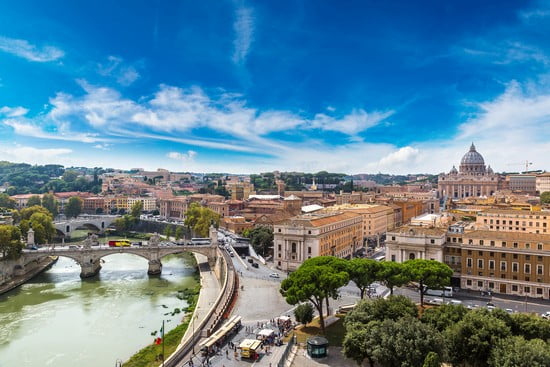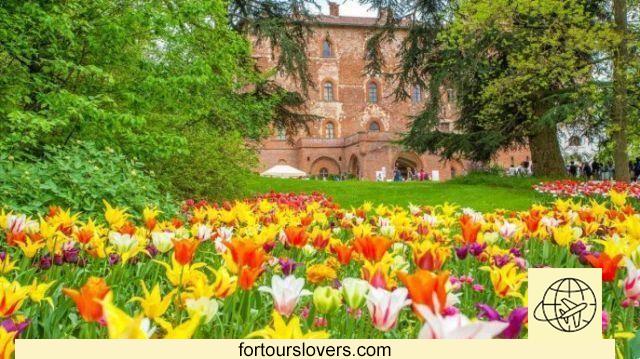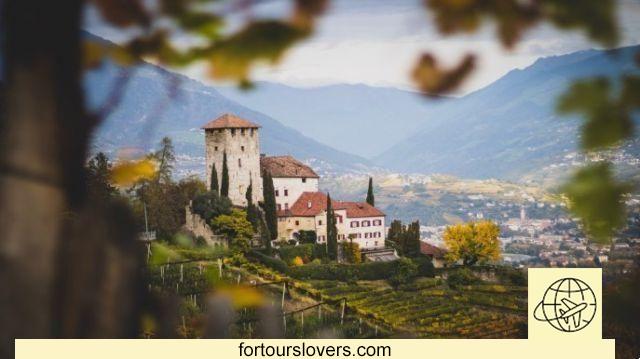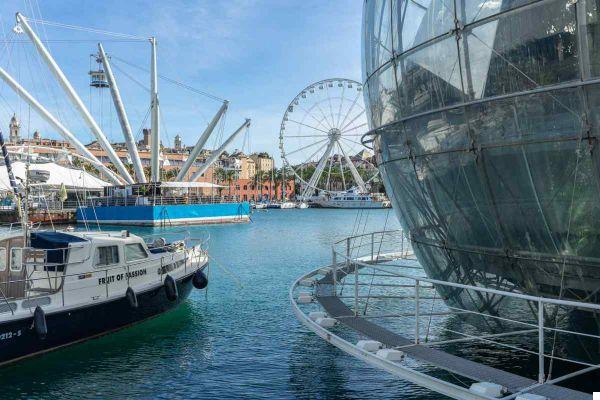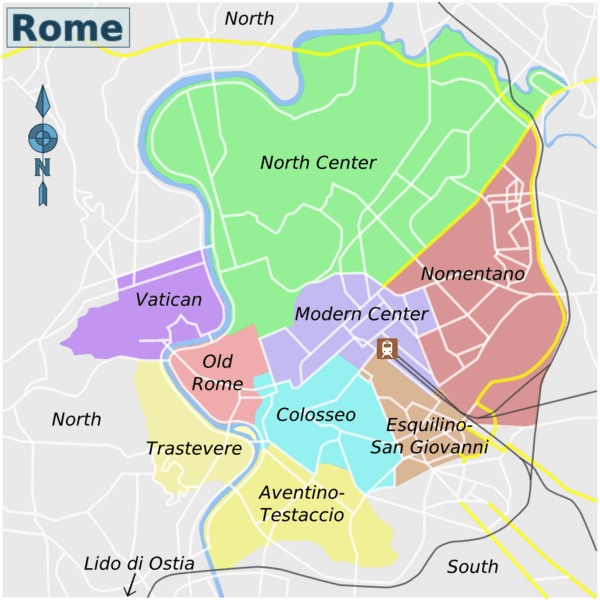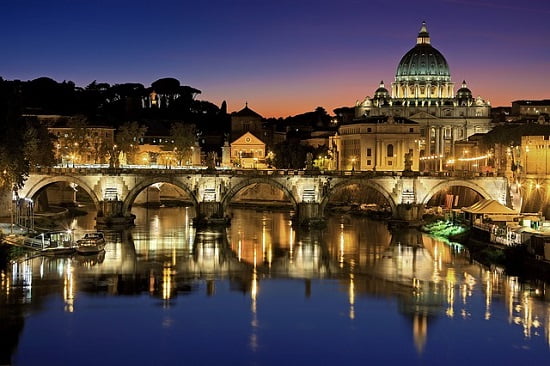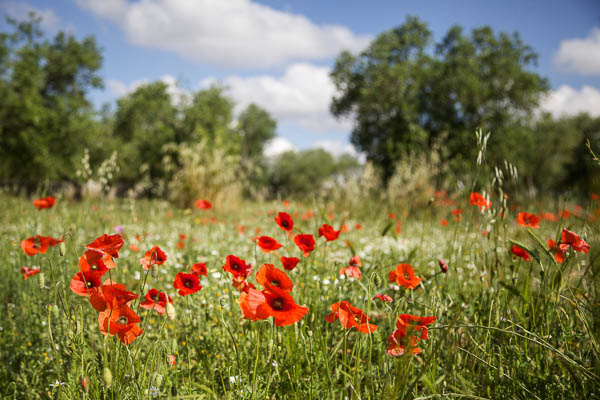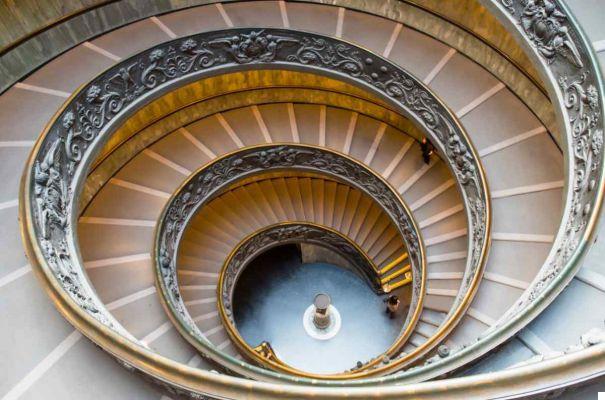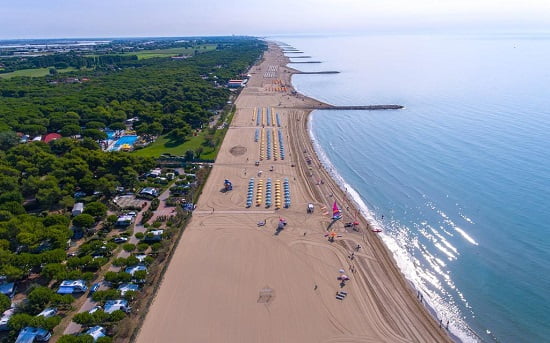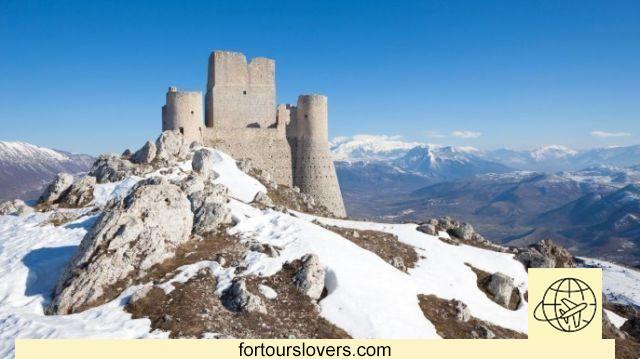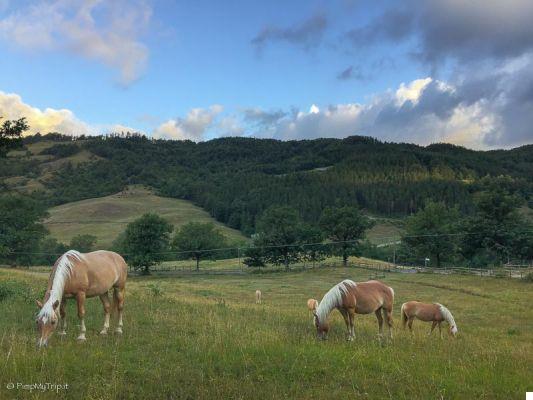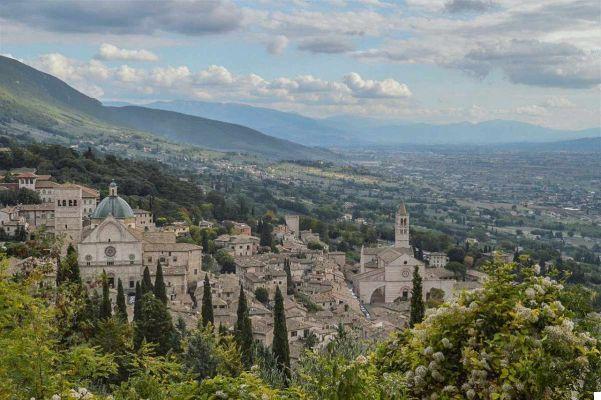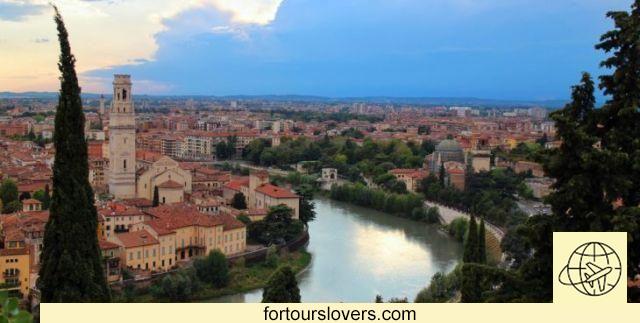
Verona
11 things to do and see in Verona and 1 not to doSome have defined that of Verona a “stratified” beauty. Walking around the city, traces of Roman, medieval, Renaissance, Scaliger, Venetian and Habsburgs are evident. So much wealth, mostly enclosed in the beautiful historic center, does not leave indifferent even the visitor without any notion of art history. Not surprisingly, the Verona's historic center is a UNESCO World Heritage Site, a recognition that allows the city to compare itself as an equal, without inferiority complexes, with the regional capital of Venice. Indeed, the greater livability of Verona, over time, has had a positive impact from a tourist point of view. The city, in fact, has become the starting point for discovering everything around. Besides Venice, which we have already mentioned, also Vicenza and Garda. Below, let's see together the main tourist attractions of Verona. Happy reading.
1 Piazza Bra
Piazza Bra is the obligatory starting point for a visit to Verona. It is both from the tourist point of view, being one of the most popular places; but it is especially so from the historical point of view, due to the buildings and monuments present. Above all, ça va sans dire, theSand, the brightest symbol of the city, and which we will talk about in the next point; but woe to forget all the rest: the statue of Vittorio Emanuele II, installed to celebrate the annexation to Italy in 1866; there Fountain of the Alps, symbol of the twinning with Munich; the gorgeous Barbieri Palace, seat of the town hall; Palace of the Gran Guardia, with its spectacular 13-arched portico; and finally, the "Liston", a paved sidewalk that borders the eastern side of the square, and along which there are buildings, shops, restaurants and bars. The latter are besieged all year round by residents and tourists. To be seen!
2 Arena of Verona
The Arena is undoubtedly one of the symbolic monuments of the city, but it would be an understatement to limit its fame to the local dimension only. On closer inspection, the national one is also narrow, since this Roman amphitheater of the first century (and with it the entire city of Verona) is synonymous with opera. From late June to August, the Arena hosts the best of opera, attracting enthusiasts from all over the world to the city. Suffice it to say that at the Arena di Verona she made her debut, very young, in 1947, Maria Callas. It's not over, because there is also a pop soul. For years now, the Verona Arena has hosted pop music events of national and international significance. In all cases, the difference is made by the exceptional acoustics and the more general feeling of wonder that pervades this monumental space. Anyone who has already seen the Colosseum in Rome and / or the Arena di Capua, in the province of Caserta, knows well the sensation of amazement we have referred to. In fact, the Verona Arena, in size, comes immediately after these two monuments. To be updated on scheduled events, consult the Official site: www.arena.it.
3 Piazza delle Erbe
At the beginning we said that Verona is playing on an equal footing, without inferiority complexes, with the regional capital Venice. To support this thesis, a research carried out in 2012 by the Marilena Ferrari Foundation which for a year monitored the main foreign newspapers to come up with a ranking with the 100 most beautiful squares in the world. Among the 10 Italians, the first place went to Piazza delle Erbe, or Piazza Erbe, as it is also called. Located just over a kilometer from the equally famous Piazza Bra, Piazza Erbe has been the heart of the Verona market for centuries. Today the stalls are still there but, under the pressure of tourism, gadgets and souvenirs have almost completely supplanted the other merchandise. Despite the tourist fortunes, however, this square has maintained an "alternative charm" quite distinct from the "places of worship" of the mainstream resorts. And this is exactly the reason why a large part of the foreign press that deals with travel has ended up preferring it to other more famous squares, starting with the “nearby” Piazza San Marco in Venice. In short, Piazza delle Erbe, with its buildings and monuments, including the famous one “Madonna Verona”, medieval fountain surmounted by a statue of the Virgin, is the demonstration that there are places capable of astounding as and more than the squares of the main Italian cities (we said Piazza San Marco, but also Piazza Duomo in Milan, Piazza del Plebiscito in Naples etc.).
4 Juliet's house
A little more than 100 meters from Piazza Erbe there is the Juliet's house, by far the most visited place in the city. Verona, in fact, is the theater of the most famous love affair in history, masterfully told by William Shakespeare. The house was purchased by the municipality in the early 900s, precisely with the intention of making it a public good following the rumor that that XNUMXth century building in the center was the residence of Juliet Capulet. Hence the tourist fortunes of the building which, on the architectural level, is a appreciable example of Veronese Gothic. In the center of the courtyard, the bronze statue of Juliet. It is a statue of 2014 that replaced the original made, instead, in 1969, and today kept inside the house to preserve it from wear. A wear from contact, since for decades, thousands of tourists have touched the statue erected as a symbol of good luck for all lovers. Not to be missed, of course, the balcony from which - according to the story - the young woman looked out to converse with her beloved Romeo. The residence of the latter, on the other hand, is located near the Arche Scaligere which we will discuss later (see point 6). In short, we cannot say that we have been to Verona without a visit to the “Juliet's House” in via Cappello, 23. Get notified.
5 Torre dei Lamberti
In addition to Juliet's house, near Piazza delle Erbe there is also the Torre dei Lamberti, another unmissable stop on a visit to Verona. Just look at the building to understand why. We are talking, in fact, of the highest tower in the city, famous for the clock and the tolling of its 4 bells. In addition, the possibility of climbing to the top, a 84 meters high, and enjoy the view of the city, is worth the cost, far from prohibitive, of the ticket. For more information on the history, the opening days and how to visit, consult the Official site: torredeilamberti.it.
6 Arche Scaligere
From 1262 to 1387 Verona was ruled by a single family: the Della Scala (or Scaligeri). A dynasty of merchants who, having obtained control of the corporation that brought together the main families of Veronese merchants (Domus mercatorum), had an easy game in centralizing political power in their own hands. The family epic, which lasted over a century, therefore deserved to be celebrated post-mortem as well. Hence the idea of creating sepulchers in the center, to be precise in the courtyard of the church of Santa Maria Antica. These are monumental tombs, richly decorated with spiers, pinnacles and statues that serve to narrate the deeds of Alberto I, Alboino, Bartolomeo, Mastino I, Cangrande II and Cansignorio. However, this funerary complex, a triumph of Gothic art, can only be visited from June to September. In the other months, a mighty wrought iron gate bearing the family crest divides the exterior from the interior, further sublimating that feeling of grandeur and superiority that had suggested the construction of these tombs from the beginning. To be seen!
7 Verona Cathedral
Among the unmissable stages of a holiday in Verona, without a doubt a place of honor belongs to the city cathedral. The area on which the church stands is rich in archaeological finds: traces of two Roman “baths” (private spas) have been found on which two early Christian basilicas were subsequently built. The mosaic floors and decorations of the aforementioned basilicas were found in Cloister of the Canons and under the Church of Sant'Elena. These buildings, together with the Baptistery of San Giovanni in Fonte, form the architectural complex of the Cathedral of Santa Maria Matricolare in Verona. A mix of Romanesque, Gothic and Renaissance that leaves no one indifferent. The works of greatest artistic value are the marble baptismal font in the center of the Baptistery and the altarpiece by Titian from 1555 depicting the Assumption of Mary. Not to be missed!
More information at the following link: https://www.chieseverona.it/it/le-chiese/il-complesso-della-cattedrale.
8 Porta Borsari
At the beginning we mentioned the “stratified” beauty of Verona, the fact - that is - that the city bears evident traces of the different historical phases that have affected it. Porta Borsari, from this point of view, it is one of the symbols of the Roman period. Its construction dates back to the 265st century AD although the inscription on the architrave above, dating back to XNUMX AD, may be misleading. To want the inscription was theemperor Gallienus who, in this way, intended to celebrate the enlargement of the walls which took place under his reign. But, we said, in all likelihood, the work is previous and was used to enter the city Via Postumia, connecting road between Tirreno and Adriatico. Even the name "Borsari" dates back to much later than the construction of the gate. The topos refers to the "Bursari", the persons in charge of collecting the bishop's gabelles. Briefly said about the story, let's get to the news. The present of Porta Borsari and the homonymous street is made up of shops, elegant clubs, bars, taverns and a constant stroll with high peaks on weekends. To be seen!
9 Castelvecchio
Another obligatory stop in Verona is the fortress of Castelvecchio. The castle is located on the northern bank of the Adige and it was Cangrande II della Scala who wanted it to be built around the middle of the 300th century. We are therefore in the presence of a interesting example of military architecture of the 300th century which went through, not without ups and downs, all the subsequent history of the city. The French, for example, at the beginning of the 800th century ordered the lowering of the towers on the sides of the castle in order to better monitor the Austrians who controlled the city on the other side of the river. The lowering of the towers, with the annexed disappearance of the battlements, was not the only French snatching of the Veronese heritage. In those years, many paintings by talented Venetian painters - above all Mantegna and Tiziano - were stolen and transferred to Paris. Only after the First World War did the need to upgrade the building arise. However, for this feeling of rebirth to be fully implemented, it was also necessary to wait for the end of the Second World War. It was only in the mid-50s, in fact, that the fortress was definitively restored with the contextual transformation into a city Civic Museum. Even today this is the mission of Castelvecchio which hosts numerous collections of Venetian painters and sculptors from the 300th century onwards. Also suggestive three-arch bridge which connects the building with the other bank of the Adige. During the German retreat in 1945 it was blown up in the area and, only later, was its reconstruction imposed. A perfect choice, since the bridge in question has become one of the most popular and photographed attractions in Verona. For more information on history, opening hours and museum activities consult the place: museodicastelvecchio.comune.verona.it.
10 Basilica of San Zeno
There is the Roman soul, represented by the Arena; the medieval one, of which the story of Romeo and Juliet is the emblem; finally the Catholic soul, embodied by the Basilica of San Zeno, much more than by the Cathedral of which we spoke previously. Therefore, the placement in the tenth point among the things to do and see in the city does not deceive: the Basilica of San Zeno Maggiore is an essential stop on a visit to Verona. It is for various reasons: first of all for the relationship of devotion that binds the city to the patron saint (eighth bishop of Verona) who lived in the fourth century AD. C .; but also because the building, from an architectural point of view, represents one of the most important testimonies of the Italian Romanesque. The intense color of the tuff façade (the rose window is splendid) plays with the masterpiece of Andrea Mantegna that adorns the interior. We are talking about the altarpiece "Madonna and child between angels and saints" made by the famous Paduan painter between 1457 and 1459. The bas-reliefs in bronze which decorate the two doors of the entrance portal with scenes from the Old and New Testament and the statue of "San Zeno laughing", particularly loved by the Veronese. For more information consult the place: www.basilicasanzeno.it.
11 Roman theater
To reach the Roman Theater you have to cross the Ponte Pietra, the oldest in the city. We are in the Veronetta district, a residential area that develops on the left bank of the Adige, on the other side of the historic center of Verona. The theater, or rather what remains of it, is located on the Colle San Pietro, just over 100 meters high. It is worth reaching the place for the wonderful views it offers and, of course, for the archaeological importance it holds together with the attached museum (former convent), which is accessed from the western staircase of the stalls. During the summer the site becomes location for shows and outdoor events that characterize the rich tourist program of the city of Verona. To be seen!
1 Do not leave bags, backpacks and valuables in sight and / or unattended
We write it only because, as in all cities of art with many crowded places, even in Verona you need to pay some attention to your personal effects. The recommendations are the same: don't leave your bag unattended, don't keep your wallet on display, etc. It should be immediately added, however, that the Scaligeri administration has traditionally been very active in controlling the territory. Video surveillance systems and mobile patrols of the Municipal Police assist in an excellent way the work of the other police forces. The result is one very safe city, with no particular contraindications and to be experienced!




